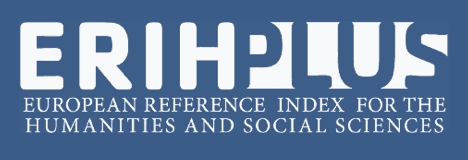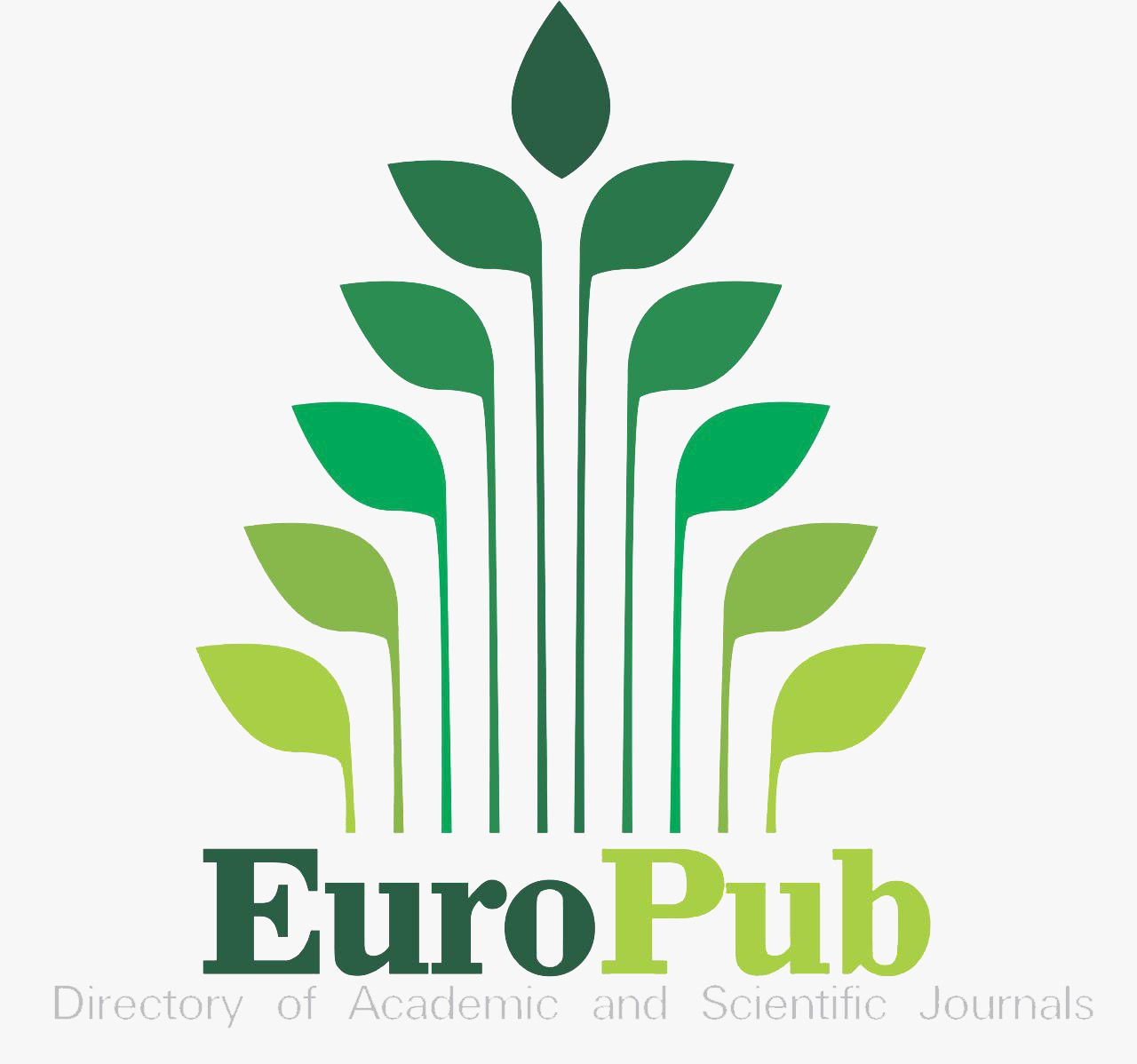High-Performance Work System and Innovative Work Behavior: The Mediating Role of Knowledge Sharing and Moderating Role of Inclusive Leadership
Abstract
Employee innovative work behavior has long been studied as a source of gaining a competitive edge over others. Organizations spend millions on their HRM activities to enhance their profitability and performance. This research investigates the relationship among high-performance work systems (HPWS), Innovative work behavior, knowledge sharing, and inclusive leadership in faculty members of universities in Rawalpindi and Islamabad. Using the ability, motivation, and opportunity (AMO) framework under the theory of HPWS, our research hypothesizes that the AMO-enhancing practices of faculty members lead to better innovation performance through the mediating role of knowledge sharing. Inclusive leadership (IL) was a significant moderator on the relationship between Knowledge sharing (KS) and Innovative work behavior (IWB). Data were collected from the faculty members of universities in Rawalpindi and Islamabad. Convenience sampling were used for data collection, 356 questionnaires were correctly fulfilled by participants and SPSS software was used for statistical analysis and generating results. The results support the significant effect of AMO on innovative work behavior and the mediation of knowledge sharing between the AMO model and employee innovative work behavior. Further, the study’s results illustrate that inclusive leadership significantly moderates the relationship between knowledge sharing and employee innovative work behavior. This research has implications for supervisors and managers of organizations to design HRM practices better to improve employees’ creativity and innovation performance . By focusing on the routes that drive the strategic inputs of HR managers for successful goal implementation, the current study effort has enhanced the usefulness of HPWS research. The study emphasises the AMO theory, which asserts that when businesses view their workers as their most valuable assets, they are more likely to make investments that improve both individual performance and organisational levels as a whole. Employers may drive their staff to go above and beyond in achieving their goals by instilling in them a sense that they are the most vital part of the enterprise’s operation through the application of HPWS.

This work is licensed under a Creative Commons Attribution-NonCommercial 4.0 International License.













.jpg)








